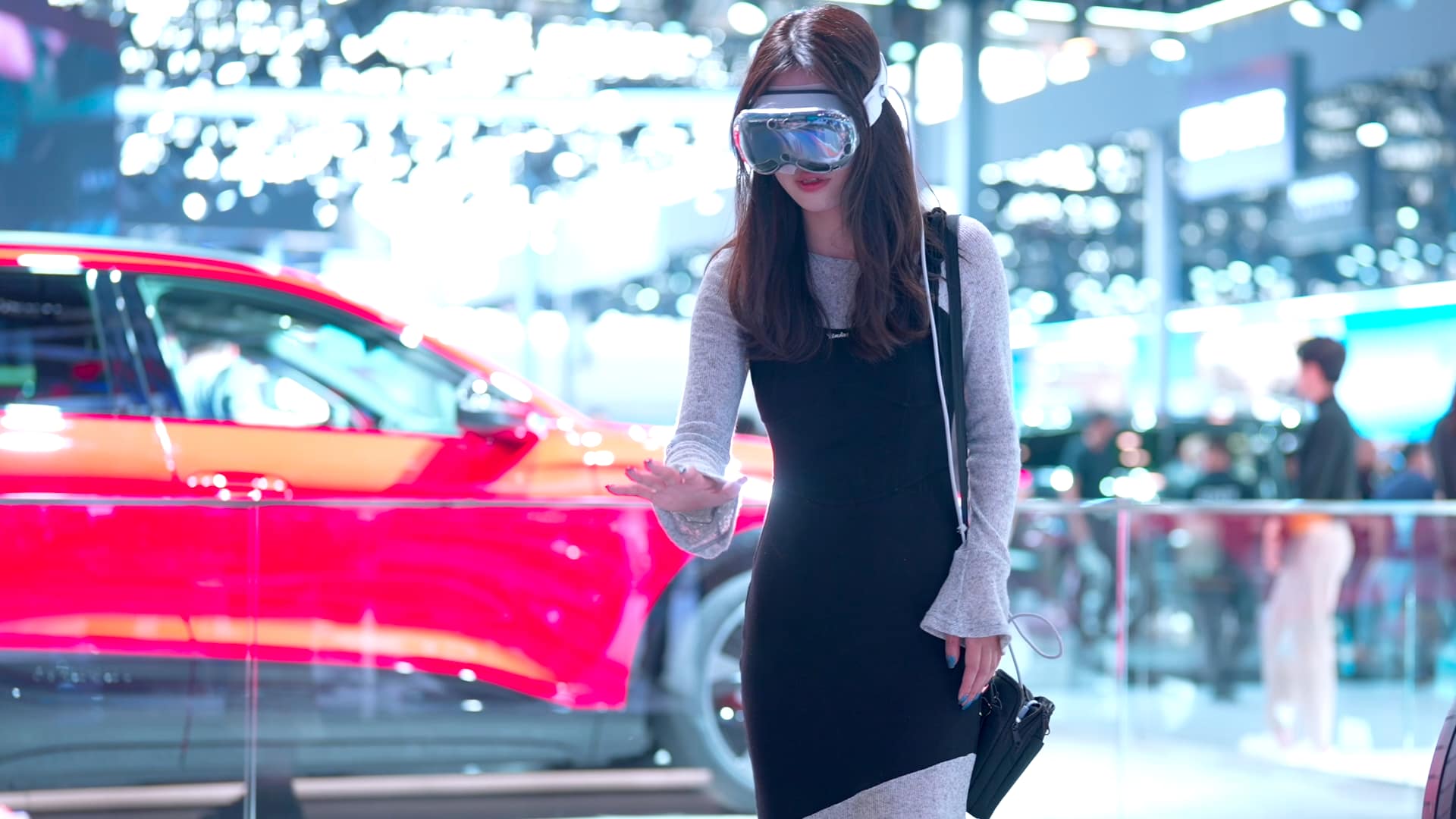
This article first appeared in The AI Journal written by, Simon Levitt, Global Creative Technology Director from our London studio.
Press ‘Start call’
Agent: “Hi, I’m your event AI agent, how can I help you today?”
The voice is fluid, not perfect but good enough.
Me: “Erm, yeah, I was wondering, erm, can you tell me who is on at the main stage this afternoon?”
This is the bit that amazes me, it understands my ‘erms’, my badly formed sentences and, even though you can’t hear it, my thick Brummie accent. It tells me who is speaking, at what time, and the subject of the talk, then asks if I want the schedule sent to my inbox.
This voice interaction brings about a new UX that can exist without visual interfaces and can act as a concierge, support assistant or even a life coach. It creates a new form of interaction – dialogue – between a brand and the customer. The marketing isn’t about messaging but meaningful exchanges. Conversational AI is a new way for brands to show up, speak directly, and build long-term loyalty through real-time interaction.
As consumers drift away from traditional touchpoints, websites, apps, social feeds, conversation is becoming the next frontier of engagement. Companies like Elevenlabs, Sesame and Hume have recently improved their systems so voice interaction is fluid. You might remember shouting at your Alexa for not understanding something you said because you weren’t exact. This is not an issue, in fact, if you aren’t clear, the Conversational AI’s will ask you to clarify, just like a conversation with a human.
You can design them to be verbose, asking lots of questions or snappy, to the point, even sarcastic.
Conversational AI is the next web browser
Mustafa Suleyman CEO of Microsoft AI
Brands fighting to build meaningful relationships with customers can now do this by creating tools that can help customers. This means that the conversation is two-way and the brands can listen to what the customer needs, so they can learn and improve while supplying a service that has a depth of knowledge.
How deep can that knowledge be? You can train the Conversational AI on a vehicle user manual or on the inventory for a shop. The data can be updated in real time too. This means they have more information at their… let’s call them fingertips… than your average human sales or support agent.
Designing Conversations, Not Interfaces
What excites me most isn’t just the tech, it’s the opportunity to design brand moments. We’re no longer creating static web pages or passive brand messages. We’re creating conversations with cadence, curiosity and even empathy.
Some principles to follow:
- Dialogue is dynamic. Real conversations zig and zag. Your AI needs to handle interruptions, diversions, and backtracking without losing the plot.
- Tone is a design choice. We prototype voice interactions the same way we prototype visual ones. A sassy AI can be brilliant in a fashion brand pop-up, and a disaster in a banking app.
- Knowledge is scalable. Whether it’s trained on an event schedule, a product catalogue or a museum archive, the AI should know its stuff. And more importantly, know when it doesn’t.
We’ve moved beyond chatbots that “just help.” Now, they guide, entertain, and build narratives. That’s where things start to get interesting for brand experience.
Take the automotive space. We’ve prototyped systems where an AI guides you through complex software features, not just reading specs, but asking you what kind of business you are, what is the size of your fleet and what are your pain points? Based on your answers, it tailors the conversation making hyper-personalised recommendations.
Creating theatrical moments
This is where Experience Design gets supercharged. Every choice, intonation, or follow-up becomes an opportunity to connect more deeply with the customer. To create memorable moments, we combine this technology with physical elements, that’s where theatrics come in.
Picture this: A physical button, built into a product display or an event space. You press it – it lights up and a voice speaks to you. Think of the Starship Enterprise computer but in your shop.
This kind of staging turns a simple voice command into a micro-performance. A UX that sparks curiosity, play, and engagement. And when done right, it’s sticky… A micro-performance that sparks curiosity, play, and emotional connection.
Done well, it’s the thing people remember, share, and associate with your brand long after the experience ends.
As conversational AI evolves, it’s becoming clear that the most compelling brand experiences won’t live on websites or in static apps. They’ll happen through real-time, natural language interactions that are hyper-relevant, personalised conversations between brand and customer.
These moments can be surprising, delightful, or deeply useful. But more than anything, they’re sticky and because customers are literally telling brands what they want, these conversations become rich with insight, insight that can shape better services, smarter products, and deeper loyalty.
For brands, this isn’t just another channel. It’s a chance to show up in a new space, on new terms and earn attention through relevance and responsiveness. As the interface disappears, the relationship matters more than ever.



